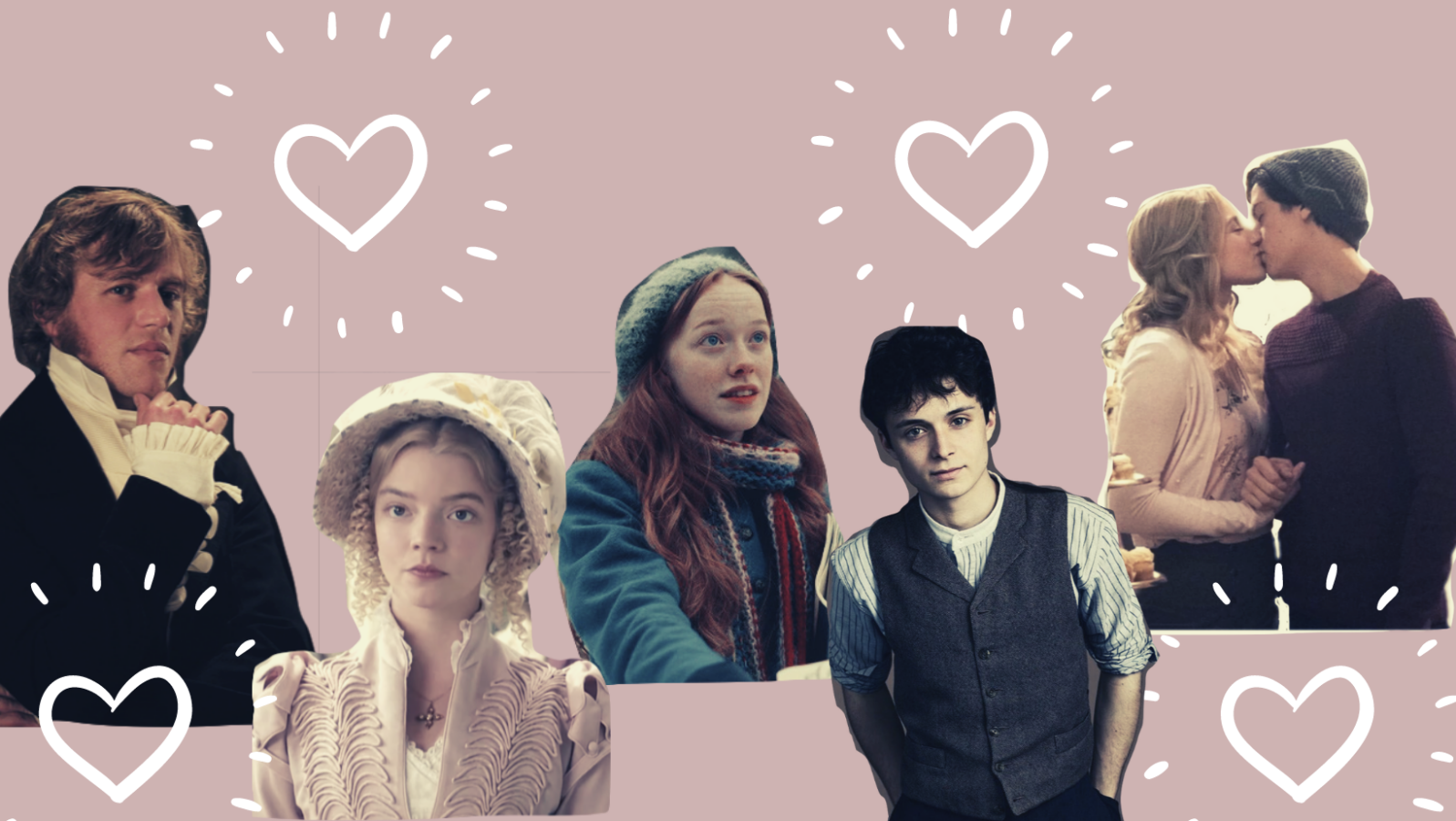In our rom-com saturated world, the friends-to-lovers trope is criminally underrepresented.
We want that sweet, sweet tension
Now, all of us bookworms have rewatched Pride and Prejudice 500 million times (I won’t say which version—I’m not here to start fights). We live for those scenes between Darcy and Elizabeth when he looks down his nose and insults her and she snaps right back. You can literally hear the crackle of the sexual tension.
But P&P is not the only sweeping romance Jane Austen wrote. In her other classic, Emma, our heroine has many verbal sparring partners, including the dashing Frank Churchill. But all along, we’re cheering for her to end up with Mr. Knightley, her old childhood friend.
The truth is, Frank isn’t good for Emma. He is unkind to those around him and in doing so, he encourages Emma to be unkind as well. In contrast, Mr. Knightley encourages her to be the best version of herself.
We are drawn to enemies-to-lovers stories because we want to see sparks fly. Every scene oozes with sexual chemistry. We just want them to kiss already! Friends to lovers stories don’t seem to be as fun. But I firmly believe they are just as amazing but in totally different ways.
Healthy relationships deserve representation
First of all, enemies are sometimes enemies for a reason. They can bring out the worst in us, and friends often bring out the best. In Anne of Green Gables, Anne hates Gilbert with a fiery passion and treats him horribly. But once she forgives him and they become friends, their relationship blossoms into something beautiful. Gilbert supports all of Anne’s dreams and wants her to succeed, even when he fails. He understands her in a way that no one else does, and ultimately that’s why she falls in love with him.
Anne is a bit slow—it takes her three novels and almost ten years to realize that Gilbert is the one for her. It’s the slowest of slow burns! And that’s where the tension creeps in… we’re agonizing, wondering when our main character will wake up and realize what’s standing right in front of her.
I think this is why the trope is so popular in sitcoms. You can draw that pain out for the season after season and keep those viewers coming back. Because we want our main character to be happy, and for her, happiness lies in being with the one who knows her best.
Advertisement
Give me relatability or give me death
Okay, show of hands… who out there has fallen desperately in love with their enemy? No one? I’m sure it’s happened once or twice, but my point is, it’s not that common. Enemies to lovers is a fun trope, but ultimately not that relatable. On the other hand, we fall in love with friends every day. You’ll just be walking around, going about your business, you’ll see a friend, and then smash! You realize you love them or at least are crushing really hard. Usually, it’s been building in you for a while, but you just didn’t notice.
Ron and Hermione are a perfect example of this. They are the definition of a slow burn. It takes them a lot of time and tantrums to figure out what they mean to each other, but when they do, it’s so beautiful (Harry and Hermione shippers, get lost).
A trope much needed in YA
Recently, the YA world has been dominated by meet-cutes and enemies to lovers stories. And don’t get me wrong, I love those tropes. I devoured Serpent & Dove and anxiously awaited each To All the Boys movie. But I also think friends to lovers deserve time in the spotlight. Some recent on-screen relationships give me hope, like Betty and Jughead in Riverdale and Penelope and Colin in Bridgerton. Sorry, Daphne, but that’s the couple I really rooted for.
In the future, I want to see more best friends pining for each other and eventually getting that spicy kiss. Some YAs do bring this trope to life, and I love to see it! I want more, more, more!
Advertisement
Recent Book Recommendations
- Vampires, Hearts, and Other Dead Things by Margie Fuston
- Leah on the Offbeat by Becky Albertalli
- The Gentleman’s Guide to Vice and Virtue by Mackenzi Lee
- Aristotle and Dante Dive into the Waters of the World by Benjamin Alire Sáenz
- Anna and the French Kiss by Stephanie Perkins
This feature is part of a series called Trope Tuesday here on the Books section of The Young Folks. In this series, we choose a trope that we love and explore its history, what is special about it, and provide recommendations!
Advertisement
